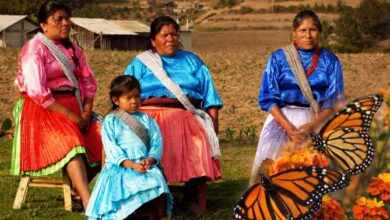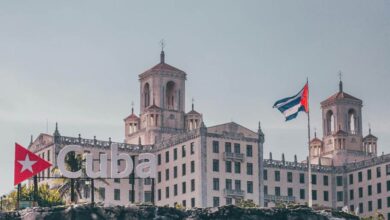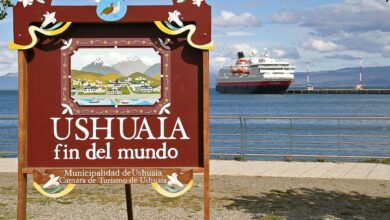Vaccination is Not Being Enough to Reactivate Tourism in Latin America
The vaccination process is progressing without a major impact on Latin American tourism, why has it not been enough?.

In several countries, a large percentage of the population has been vaccinated, but not enough to reactivate tourism in Latin America. Photo: Pixabay
LatinAmerican Post | Alexey Zhúkov
Listen to this article
Leer en español: La vacunación no está siendo suficiente para reactivar el turismo en Latinoamérica
One of the sectors hardest hit by the pandemic has been tourism due to the closure of borders and the restriction of international flights by the force of the virus, whose increase puts the hospital system on alert and threatens the effort of the hemisphere to contain the increase. of COVID-19 cases through the vaccination process. In several countries, a large percentage of the population has been vaccinated, but not enough to reactivate tourism in Latin America.
For example, Chile has established itself as the Latin American country with the greatest progress in vaccination, with 63% of its population vaccinated with one dose and 50% with complete inoculation. This has allowed the southern country to open up to tourism with preventive measures such as a negative PCR test no longer than 72 hours before the trip, presentation of medical insurance that covers benefits associated with COVID-19, fill out a follow-up form for 14 days from entry to the country, complete the health passport that can be requested at www.c19.cl, comply with a strict 10-day quarantine, among others. However, all these requests also scare off various travelers.
| CHILE
Con 60% de población con segunda dosis de vacuna contra COVID-19, Chile tiene el 96% de ocupación de camas UCI pic.twitter.com/u05RLhLOgy
— Coronavirus NEWS (@CoronavirusNewv) June 20, 2021
Regarding the international tourism figures, the southern nation reported only 5.4% of travelers in January 2021 with a total of 27,353 foreign tourists compared to the more than 500,000 who entered for the same period of 2020, as reported by the Undersecretariat of Tourism of Chile. Compared with countries like Brazil that only requires a negative PCR test no longer than 72 hours, reporting an increase of 2.4% in tourism for the month of February 2021 compared to the same period in 2020; or countries like Colombia that, through the Foreign Ministry, reported the obligation to present a negative PCR test no longer than 96 hours; however, if the test cannot be presented, travelers may issue a verbal statement in support. This generated a slight increase of 19% in the case of international flights that entered the country for the first days of January 2021 in relation to the same period of December 2020, reporting a total of close to 167 thousand international passengers, according to statistics from the Colombian Association of Travel and Tourism Agencies (ANATO). In the end, the tourism figures in Chile do not take off despite the advance in vaccination due to the strictness of the measures and restrictions applied to travelers.
Also read: How coronavirus aerosols travel through our lungs
Additionally, a rebound in contagion cases in the southern country has also jeopardized the expectations of a return to normality and the re-establishment of the economy. The same can be seen in Israel, where, despite being a model country in vaccination and that several months ago it even stopped using masks, there is concern about variants of the virus (such as Delta) that can be much more contagious and harmful.
A pocas semanas de que eliminara el uso obligatorio de mascarillas, Israel enfrenta un brote de nuevos casos de covid-19.https://t.co/LRTwzwpClC
— CNN en Español (@CNNEE) June 23, 2021
In the case of Mexico, the first Latin American country to start the vaccination process, to date 39,153,336 vaccines have been applied with 12.5% of the population with a complete inoculation scheme, in this matter, progress has been made gradually. A less encouraging outlook reflects the tourism figures in the Aztec nation, which in March 2021 received 2,284,080 international tourists, 17.4% less compared to March 2020, of which only 1,176,773 entered the country for cultural tourism purposes. , recreational, work or family, according to the report issued by the Institute of Statistics and Geography (INEGI).
Despite the figures, the decision of the Mexican government not to close borders was an effective measure to keep the economy and tourist dynamics afloat, which has encountered resistance due to the gradual advance of the vaccination process both in the Aztec country and in the Most Latin American countries, which will not significantly impact tourism if the inoculation process is not streamlined and a practical strategy is not developed to boost access for travelers from other parts of the world.





